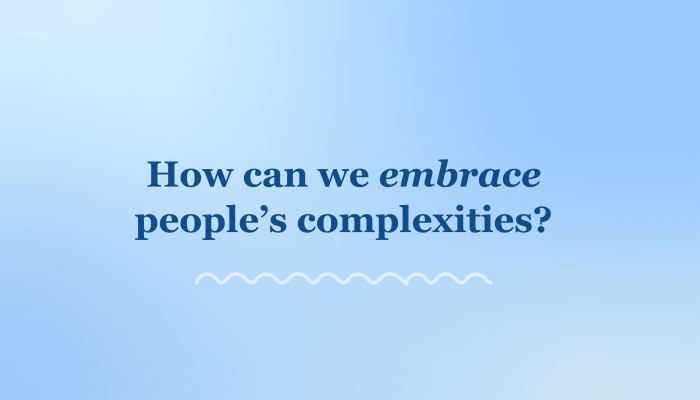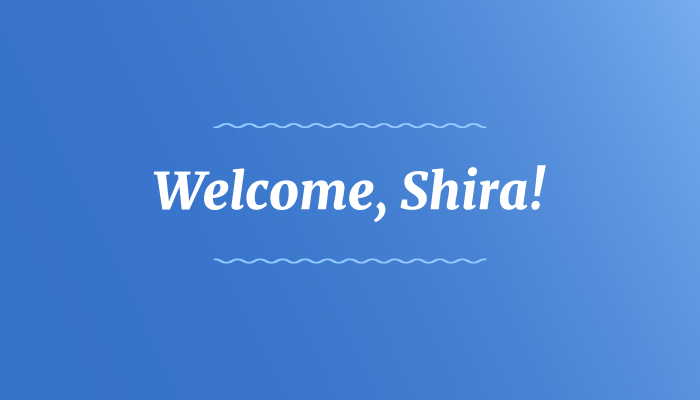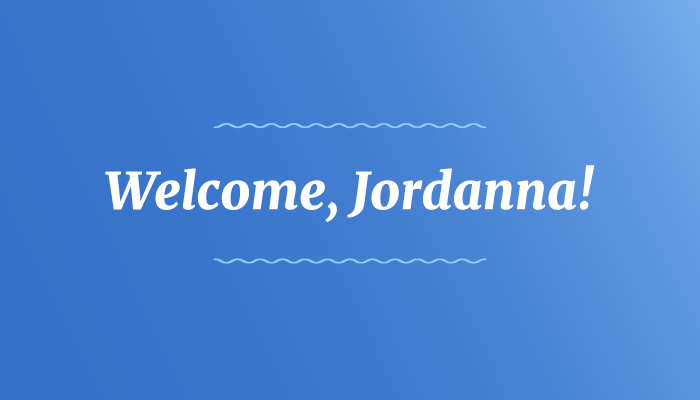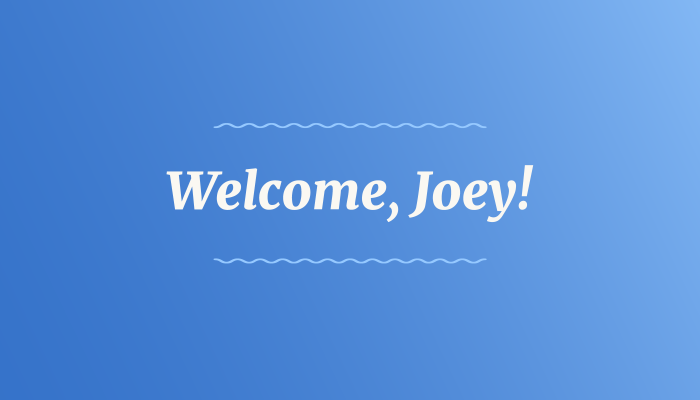This is the fourth in a series of blog posts where team members reflect on public sector service design. This month, I’m reflecting on the topic of complexity in our identities and lived experiences. This reflection draws from my own identity, experiences of moving to the US, and working as a designer within local government.
At the PHL Service Design Studio, we believe that every person holds complex and intersecting identities. As an Indian immigrant living and working in the US, this belief couldn’t feel truer. I’ve been ruminating on what it means to embrace complex and intersecting identities in our work to design more equitable services. This blog captures some tensions and questions that have emerged for me.
Note: While this is a personal reflection, I want to acknowledge that my reflection sits within a broader context. Meaning, in service of colonialism and white supremacy, we overly simplify our identities across race, ethnicity, gender, and sexuality and we force them into oppositional binaries (e.g., center versus periphery). Because my personal experiences both embody and confront these practices, it’s important to me to acknowledge the why behind my personal reflection.
Our identities contain depths and multitudes, yet we can flatten them when interacting with each other.
While there’s richness, texture, and depth within the Indian identity itself, I often find that it can feel flattened. For example, I see my Indian identity as multicultural. My family hails from the south Indian state of Kerala. I grew up in the western state of Gujarat and ended up studying and living in the coastal state of Maharashtra. I’m locating parts of my Indian identity in these varied states because each region’s distinct cultures—including languages, cuisines, traditions, rituals, hierarchies, and norms—make up what being Indian means to me (amongst others).
In moving to the US, I’ve had to flatten those distinct parts of my identity to “Indian” or ”South Asian” in response to a more racialized context. For example, when I’m introducing myself, discussing my perspective, or sharing parts of my culture with someone, I find myself simplifying to Indian or South Asian as a quick way to fit into people’s mental model or as a subconscious way of explaining what people notice is different about me (e.g., name, accent, and cultural know-how). While broad, umbrella categories like “Indian” or “South Asian” can be helpful to build a quick mental model of various social groups, they can also play into peoples’ assumptions or stereotypes of what they perceive Indian or South Asian to mean.
As designers and researchers, how can we make space for richness and multiplicity within each person’s identity and lived experience? For example, when interviewing someone experiencing homelessness, they’re not only speaking about their experience as a person who is houseless. They might also be drawing on their experiences of being a young person, a parent, a visual artist, a bilingual person, climate justice advocate, and more.
Our identities aren’t fixed, but evolving and dependent on context.
Humans hold multitudes. Different circumstances, places, and moments in time can cause certain parts of us to become more prominent (to ourselves and others).
Moving to the US and navigating a new culture, including its norms, hierarchies, and systems, allowed my identity to expand and evolve. The move also forced me to grapple with how my power and privilege fluctuates between the US and Indian context.
- Certain parts of my identity and experience feel more prominent; these are often the marginalized parts. Navigating life on a visa means navigating the conditions and parameters determined by the US government for life and work in the country—which can mean limited choices and agency, uncertainty, and a constant lack of permanence and belonging. Because of this, the immigrant part of my identity often feels like it’s in the forefront of many experiences in the US (e.g., getting a job, renting an apartment, building a social network, reentering the country, etc.).
- Parts of my identity stay in the background or remain invisible; these are often the privileged parts. For example, an invisible part of my Indian identity is caste privilege—which also influences (and intersects with) class, education, profession, and social privileges. While caste and class privileges shaped my life in India and allowed me to move to another country, moving to the US didn’t erase those privileges. These privileges quietly continue to shape my experiences. Note that caste isn’t unique to India but is prevalent within the diaspora. For more on caste in the US, see this report by Equality Labs.
In closing
I’m not saying we, as designers and researchers, need to account for every single identity that someone holds all the time in our work (e.g., when defining our research sample). I’m saying that the awareness and understanding of our ability to hold multiple identities can help us see the people we design with as complex and ever-changing beings. Complexity is what makes each person’s contributions to the design process truly unique. Rather than solely focusing on what’s most prominent within a context, I’m asking us to also consider the other parts of someone’s identity and lived experience that might be less prominent or visible but just as much a part of who they are.
As designers and researchers, embracing complexity can help us:
- Be self-aware and wrestle with the many parts that make up our identities and experiences that influence our mindsets, biases, relationships, and decisions as well as our design practice.
- Celebrate strengths and richness in the multiple identities and experiences residents and staff hold so we can avoid generalizing or flattening peoples’ experiences into a narrow view or rigidly defined boxes.
My intention for the year is to continue naming and understanding how my identities and experiences influence how I see myself, how I see others, and how they shape my design practice. If this sparks a similar reflection, here are some prompts I’ll leave you with:
- What parts of your identity and experience tend to be more prominent and what stays hidden (either determined by you, others, or context)?
- What’s one thing you can do to embrace the depth, fullness, and multitudes contained within you?
We’d love to hear your thoughts about this post. Email us service.design@phila.gov or join us on Twitter @DesignStudioPHL.




